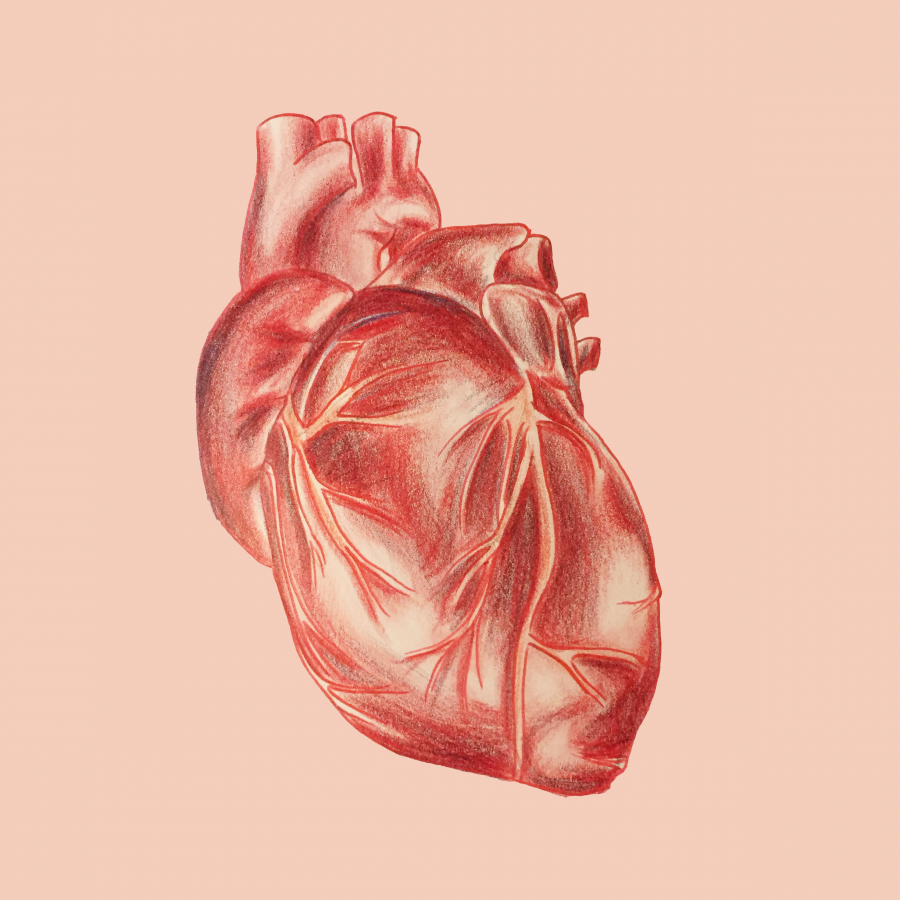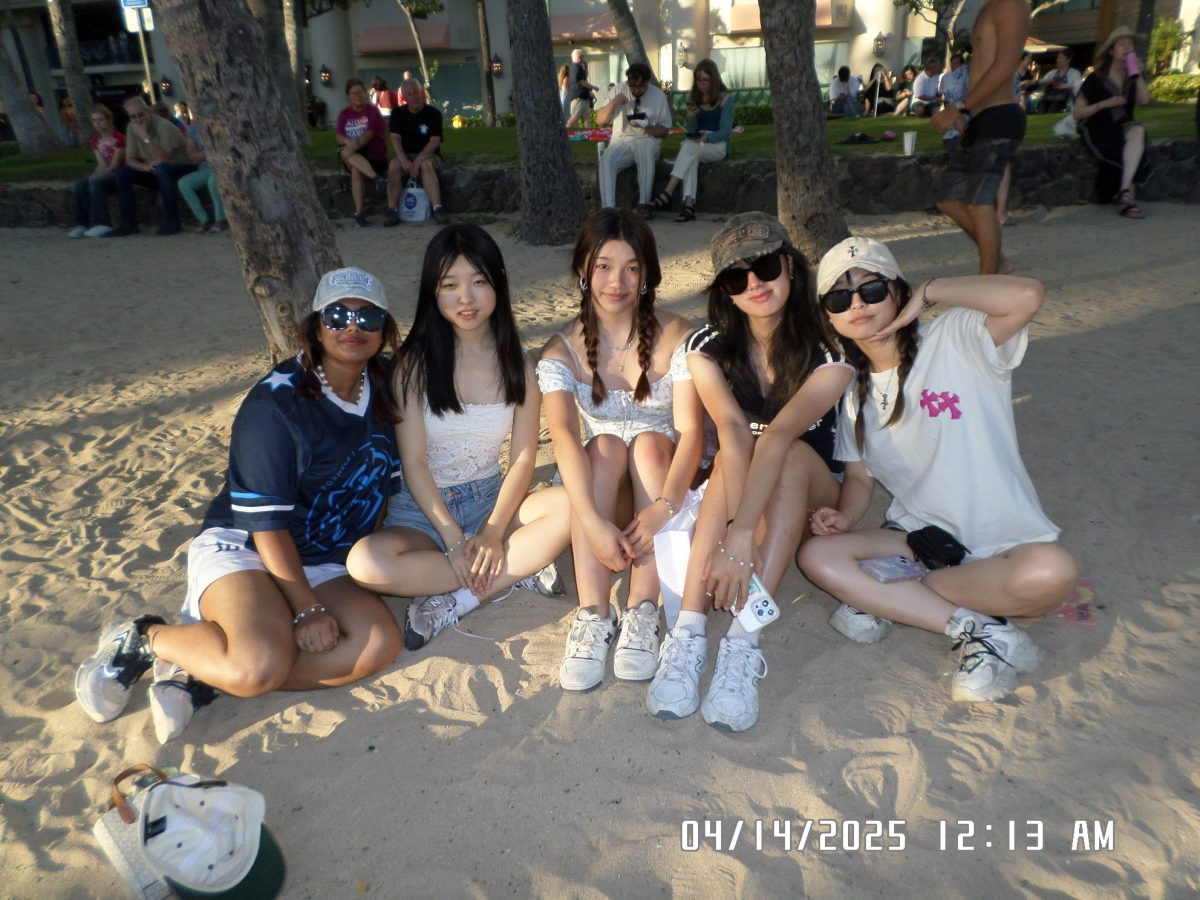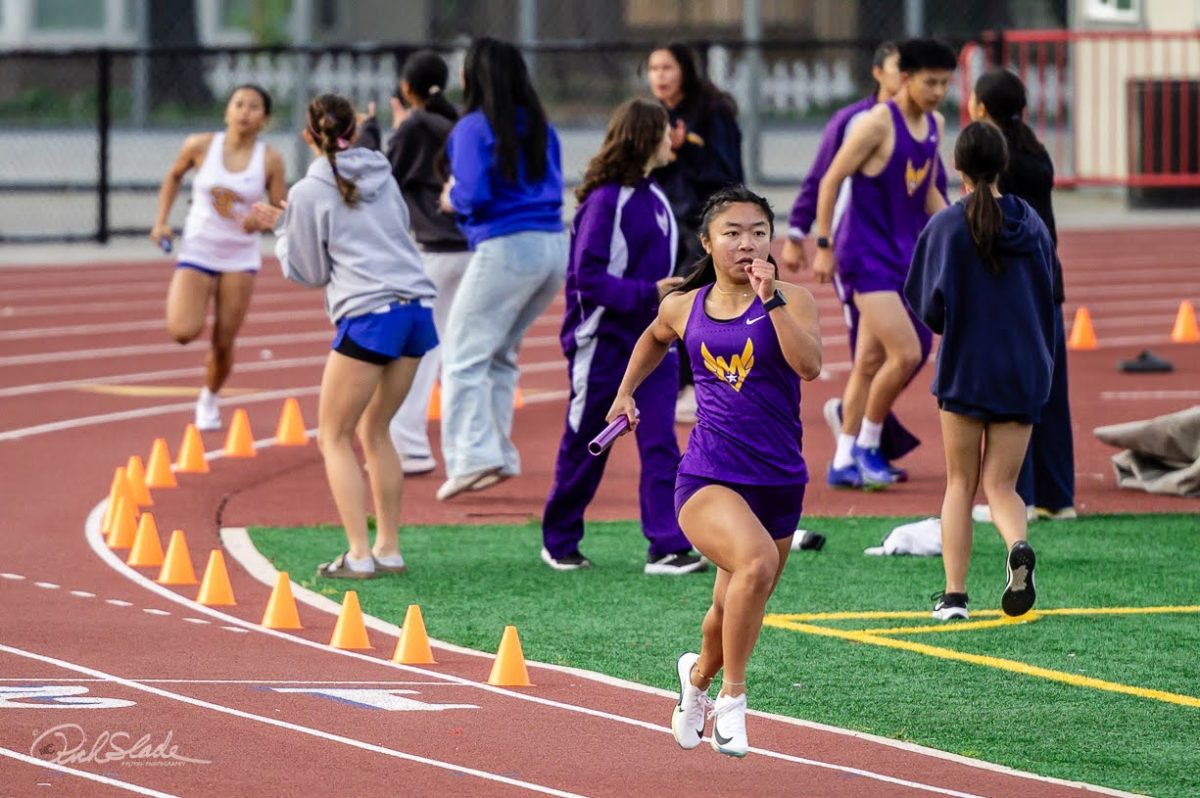Story by Trisha Kholiya and Elizabeth Han
What better way to say “I love you” than with bright red hearts, a bouquet of red roses, a package of chocolate or a heartfelt-card? Valentine’s Day is the one day set aside by the world for people to openly display their affection towards others. Here we explore how people love and how their expressions of love have changed.
On Feb. 14, certain objects evoke an atmosphere of love and magnify the sentiments catered for that day. But any other day, these objects bring a bucket of different memories, often far from the tingly sensation of love. We sat down with students to ask them what they associate with the iconic Valentine’s gifts of hearts, chocolate and teddy bear.


For freshman Ryan Johnston, a heart relates directly to death. While others may immediately come to the conclusion of love and Valentine’s Day, Johnston immediately pictures the old war movies that he’d sit down to watch with his dad — the scenes in which red, bloody hearts were ripped out of their trembling chests by none other than “the terrorists.” Along with these gory images, Johnston also imagines the video game Mortal Kombat, which allows users to literally rip someone’s heart out and devour it.
He does admit that his unique association of hearts and death spurs from something other than just his hobbies.
“The real reason [I don’t think of Valentine’s Day], “ Johnston said, “is because I’m single.”
But he still thinks that the coolest Valentine’s card he could ever receive would be the one he’d draw himself — one of a guy ripping someone’s heart out of their chest with a theme of Mortal Kombat.
“They say Valentine’s Day is a day of love and hearts, but I say nay, Valentine’s Day sucks,” Johnston said. “The real holiday is Feb. 15 when all of the chocolate goes on sale. Then you can buy half a f—king rack.”
Cards
Cheesy puns inside the cards for her brother. Mushy sentiments from the internet, carefully written down for her parents. For junior Theemeshni Govender, Valentine’s Day doesn’t just apply to lovers, but also loved ones: her family.
So on every Valentine’s Day, ever since she was little, Govender has gifted her family a handmade card, often created the day before. Hearts are usually the central theme.
“My dad still has them,” Govender said. “I actually saw one that I cut it into a heart and on the inside I wrote some really mushy thing.”
And while reading the cards sometimes makes her contemplate her previous life decisions, Govender plans to make another one this year, continuing her little Valentine’s tradition.


Chocolate bar
To sophomore Dylan Evans, about 86% to 87% is the best kind of dark chocolate, because in the 70% range, the chocolate is in an awkward transition where it’s bittersweet and has the rich, indulgent flavor of dark chocolate. Adding a little spice to it with some chili pepper is also recommended. Evans knows how to work his toward the best kind of chocolate.
As long as it’s not too sweet.
Happiness
Chocolate. Her friends, family, the whole world seems to love it. But sophomore Gina Yang doesn’t really care for it herself. Her relationships with chocolate are somewhat unique.
Her usual experience with chocolate is as follows: as she reluctantly places it in her mouth, it slowly melts throughout. But the sweet taste of the brown concoction only lasts for seconds — afterwards, her tongue turns dry and the feeling of thirst takes over instead. So, a bar of chocolate goes hand in hand with a gallon of water.
For Yang, the thirst overpowers the sweetness, lessening the joy that comes with chocolate. Ironically though, she associates it with happiness, because to her, that’s how everyone else feels.
But regardless of the way she personally feels towards chocolate, when her friends and family hand her a bar she will eat it. For one, it’s because of her rule of thumb to never regift food. But it’s also her way to give it another try, hopefully to gain happiness from chocolate herself.


As she sleeps and kicks and tosses and turns, she has only one companion every night: Beary. But when junior Sruthi Ramabadran wakes up the next morning, he’s barely ever there by her side. Rather, he greets her from below, lying still on the ground.
Although Beary may permanently wear a grouchy face with slanted eyes that seem to glare at Ramabadran, the big brown teddy bear is her sleep buddy, whether he falls off the bed or not.
Miley Cyrus
To freshman Shoshana Tai, the first image that pops her mind when she thinks of teddy bears is of a famous pop star. Twerking. And doing what she wants to that teddy bear.
The credits go to Miley Cyrus, for her viral music video “We Can’t Stop.” There, she dances amongst a crowd of large grey teddy bears propped up on the backs of women. Twerking. For Tai, the childhood symbol of a fluffy teddy bear took a sharp turn ever since that video.
“It makes me feel bad about society,” Tai said.
Illustration by Elizabeth Han








